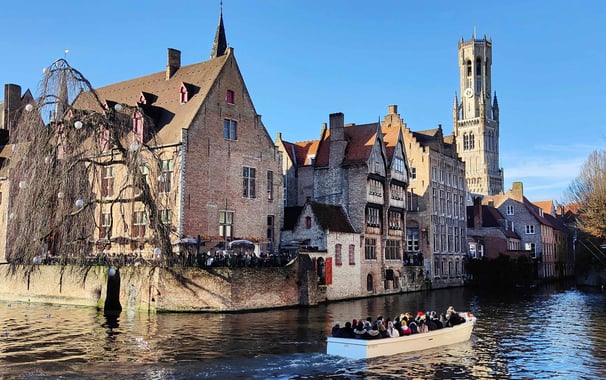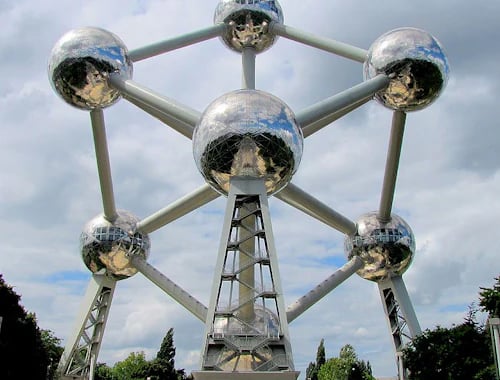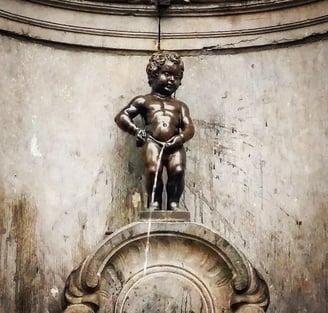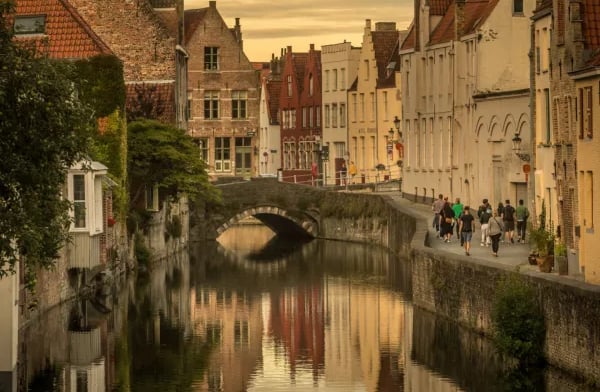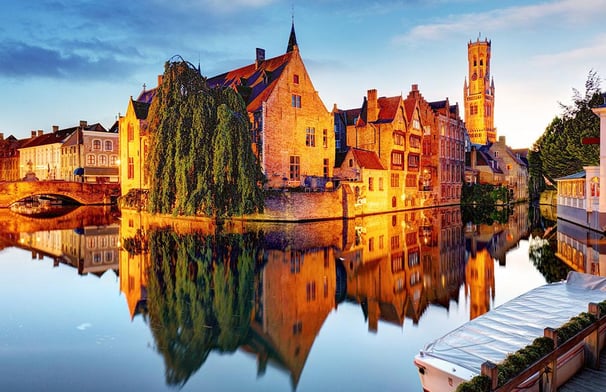
Brussels & Bruges
BRUSSELS
Brussels, the capital of Belgium, is a cosmopolitan city that blends history with modernity. It's the most densely populated region in Belgium with a population of over 1.2 million. Brussels grew from a small rural settlement on the banks of the River Senne.
Since the end of World War II, it has been an important center of international politics and the headquarters of numerous international organizations. Brussels is the de facto capital of the European Union, hosting several key EU institutions. The Benelux Secretariat and the NATO headquarters are also located in Brussels. It serves as a national and international hub for rail, road, and air traffic.
Brussels is renowned for its gastronomy and culinary offerings (local waffles, chocolate, fries, and diverse beer types). It's the capital of comic strips. According to local legend, the settlement originated from the construction of a chapel on the banks of the Senne River around 580. Since 1000, it has been an important trade route between Bruges and Ghent, and Cologne.
Our itinerary includes visiting the Vossenplein (Flea Market), the Palace of Justice (beautiful city view), the chic Louise Avenue, Petit Sablon, Grand Sablon (chocolates), the Fine Arts Museum, Royal Square, Royal Palace (Coudenberg), Mont des Arts, Royal Library, Putterie, St. Hubert's Gallery, St. Michael and St. Gudula Cathedral, and more. Additionally, the Bouchers Street, Delirium Café, and, of course, the iconic and beautiful Grand Place (Town Hall) and the Manneken Pis statue. If time allows, we'll also visit the Atomium!
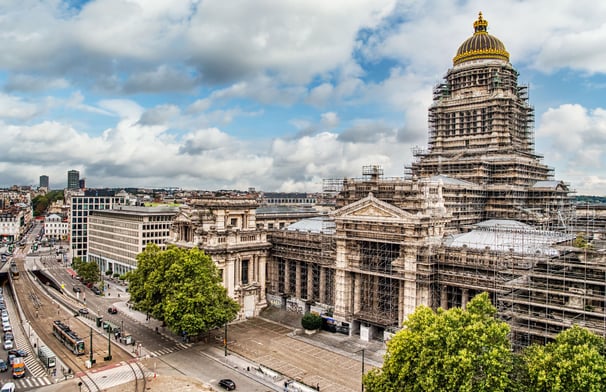

BRUGES
Bruges is the capital of the province of West Flanders - it has 117,000 inhabitants and dates back to the 5th century!
The Romans were in Bruges, establishing fortifications during that time. There was already trade with England. It was granted city status in 1128, and by 1277, it was the main connection to Mediterranean trade. Bruges had a branch in Genoa, and thus, in 1309, the stock exchange was established.
Philip the Good came to live in Bruges, attracting many to the city. In 1500, the canal became obstructed by silt, and Antwerp became the most important port. In 1650, Charles II of England was exiled here, and the city gained even more infrastructure.
We'll visit the Grote Markt, a UNESCO World Heritage Site. 'Bruges' in Celtic means 'waters' - 'Reie' is a Celtic word. Bruges' golden age was in the 14th century when 46,000 inhabitants lived there. In the subsequent centuries, it seems Bruges fell from favor, enduring various rulers. By the mid-18th century, it became a tourist city and the setting for many books and films by English authors.
The historic center is Gothic and neo-Gothic and attracts 1 million visitors per year
